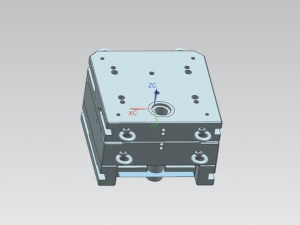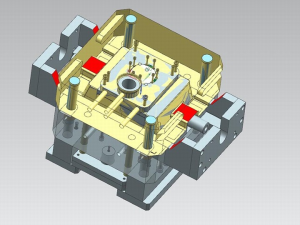Die-casting trimming dies are now more and more popular, and although they cannot yet be called the "Aluminum Age", they are likely to be in the future. Today, aluminum is favored because of its light weight and high strength. Although early commercial Aluminum products are castings for cookware and various decorative items, but modern applications for die-cast aluminum include thin-walled enclosures that require less machining and have attractive, very smooth finish surfaces.
Liquids naturally pass through pores or open spaces. For example, a poorly designed part, with too much stock, will open the pores. Gas entrapment within high pressure molds can create craters or pits that can lead to leaks.
In sand casting, the main cause of porosity is entrapped air and\/or gas, or possibly sand defects such as fouling. Although the die casting process - using high pressure blasting of aluminium - generates entrapped air more frequently, it usually occurs Below the surface of the part. Just 2mm of clean skin will eliminate any porosity issues.
Often, understocking is caused by bent castings or poorly designed castings (insufficient pre-built stock). In sand casting or permanent mold castings, the cause may be over-grinding or sawing into the surface, or it may be causing dimensional problems The core is displaced. Die casting reasons may involve trimming, or in most cases, a curved casting (due to thin walls and the way they pop out of the mold).
Insufficient stock leads directly to no cleaning. When there is not enough material or stock to cut, the programming tool does not engage the material; it just "cuts" the air. So it is not a smooth machine cut surface, but a casting surface. Non-cleaning can be adjusted in the machine by pushing the cut deeper. However, maintaining a minimum thickness may prevent the use of this technique.





